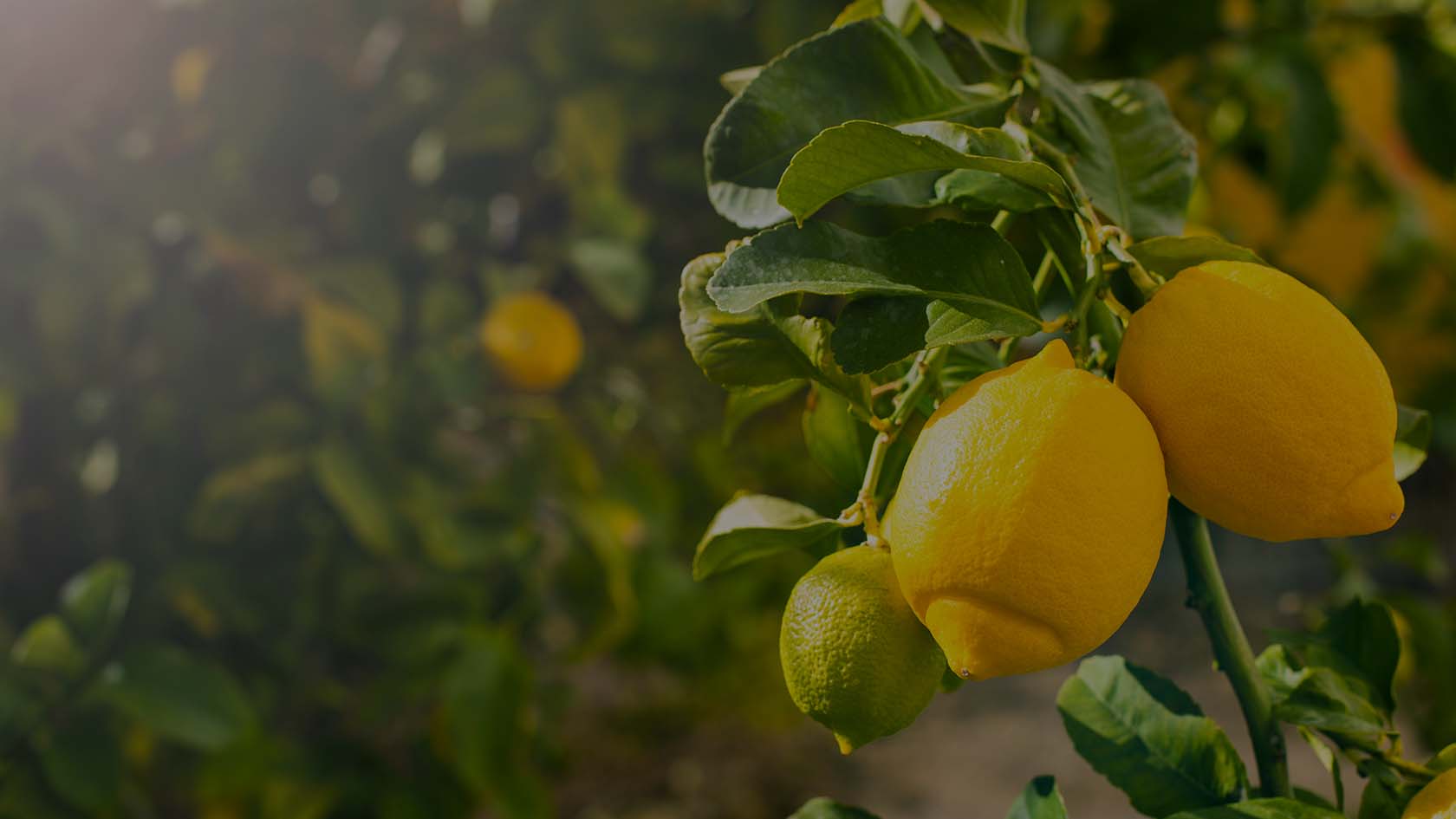Humans have grown lemons for more than two thousand years, reaching today to produce almost 8 million tons a year in the world. Discover more about this crop and how to get the best profitability. i-Plant Nutrition will always be there to provide you with the most personalized advice. Find some tricks to induce flower production and also the most favourable conditions to obtain the highest yield.
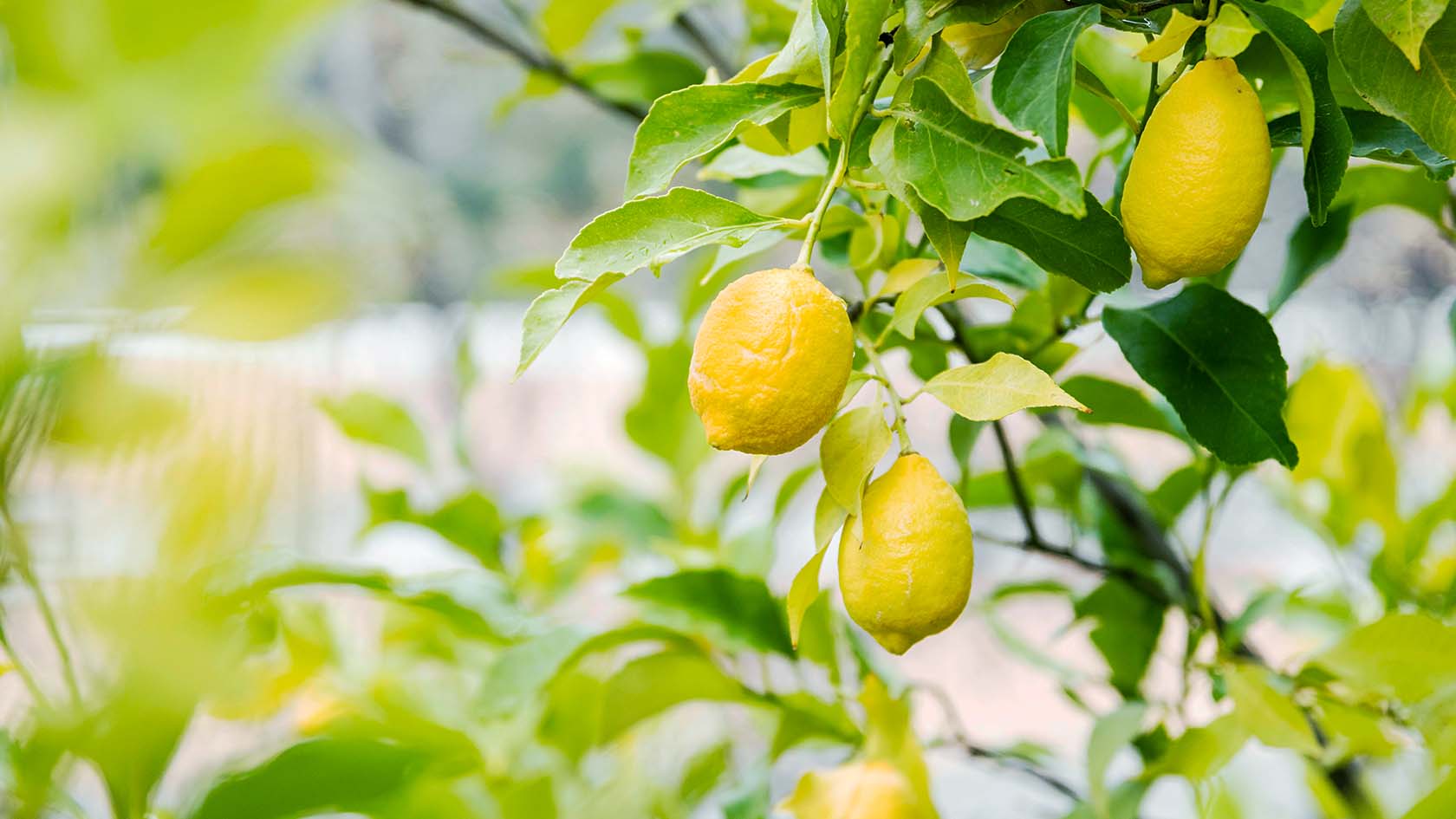 How to grow lemons
How to grow lemons
1. Learn more about this plant A vast number of the fruit we consume nowadays belongs to the Citrus genus. Lemon tree species are also hybrid Citrus, native to Southeast Asia. They are currently grown in all tropical and temperate areas of the planet, with Asia and North America being the main producers. However, its cultivation began more than 2,500 years ago in China, where it began to spread until it reached the area of modern Iran. It was not until the 10th century that the Arabs spread it east to Greece and west to Spain, thus occupying the entire Mediterranean basin.
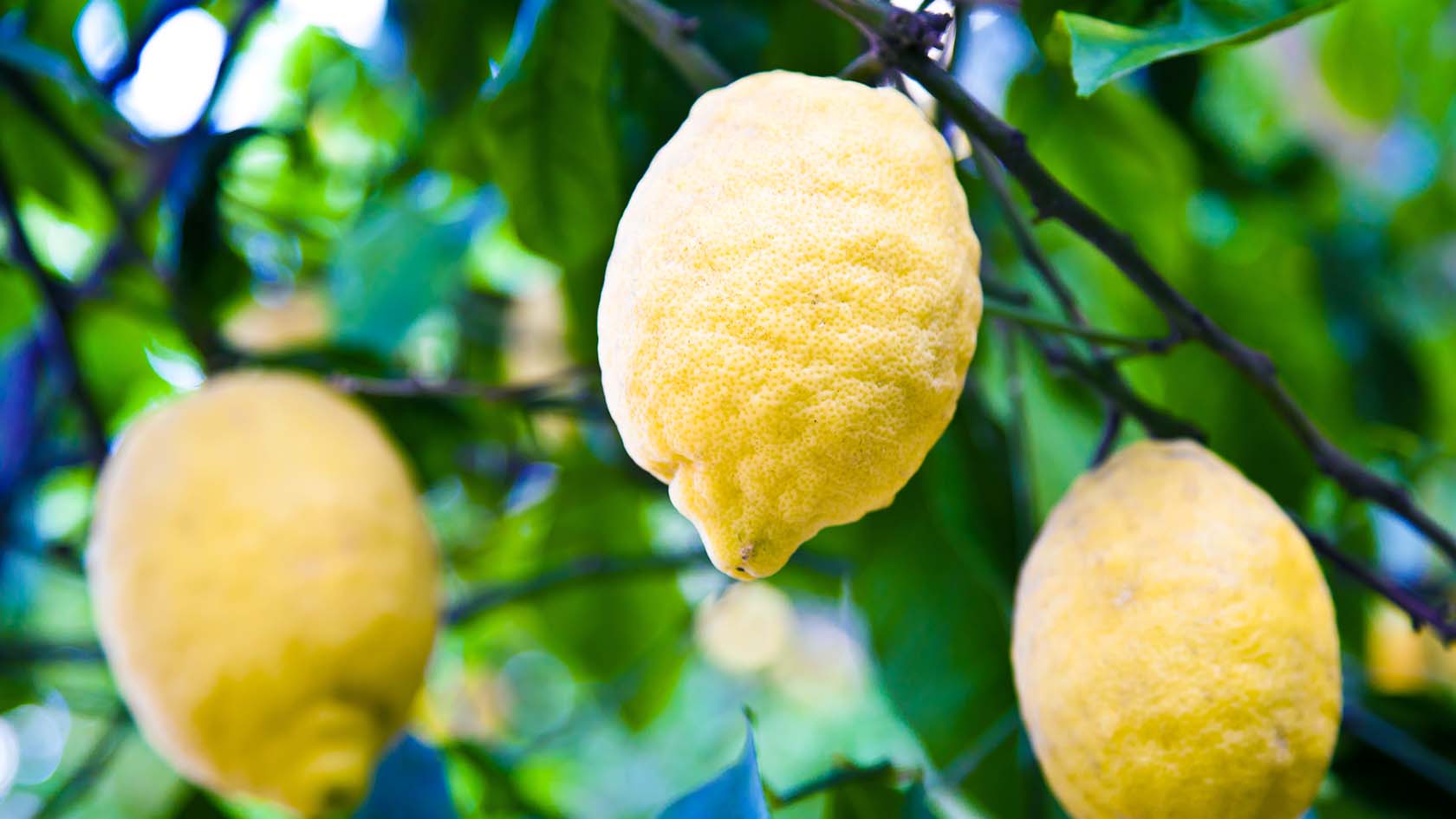 The fruits are the main element commercialized to produce natural and concentrated juices, essential
oil, pulps, pectins, flavonoids, feed, etc. and also for the production of natural citric acid that is
later used to prepare natural preserves. In addition, nowadays there is an increase in the demand for
its dry and fresh flowers for aromatic compound and active ingredient extractions, the composition of
perfumes and to be sold for infusions. Besides, lemon tree leaves are used as an ingredient in some
Mediterranean dishes and in sodas and infusions.
The fruits are the main element commercialized to produce natural and concentrated juices, essential
oil, pulps, pectins, flavonoids, feed, etc. and also for the production of natural citric acid that is
later used to prepare natural preserves. In addition, nowadays there is an increase in the demand for
its dry and fresh flowers for aromatic compound and active ingredient extractions, the composition of
perfumes and to be sold for infusions. Besides, lemon tree leaves are used as an ingredient in some
Mediterranean dishes and in sodas and infusions.
These citrus trees are perennial, with a woody, yellowish and highly branched trunk. Adult specimens can measure between 2 and 7 meters with a crown 1.5 to 3 meters wide. When conditions are optimal, it takes 1 to 3 years for a lemon tree to start bearing fruit and can live up to 70 years. Its leaves, as mentioned, with commercial value, are bright green with a thorn at the base and are very aromatic.
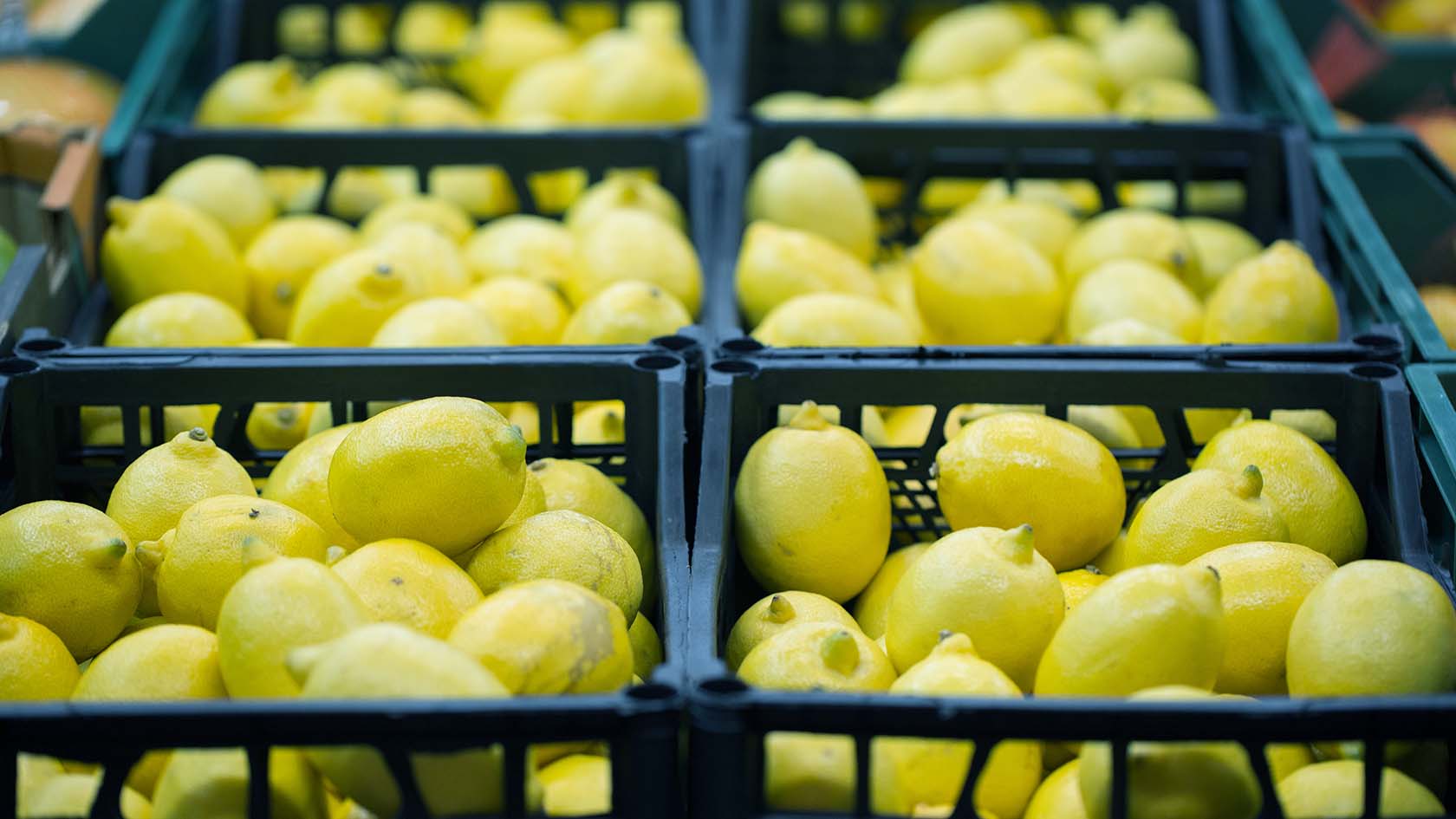 Flowering will depend on the climate of the area. Thus in mild or warm climates (maritime, subtropical,
tropical and equatorial) the lemon tree blooms several times a year, even up to 4 times. In this case,
they present flowers and fruits at the same time. However, it will flower mainly in spring when the area
is warm or cold. From each fertilized flower, one lemon will be formed, which is a fruit with juicy and
acid pulp, protected by a thick skin in yellow or green colour. The production and commercialization of
the northern hemisphere is located between October and April and in the southern hemisphere from May to
September, so the two complement each other.
Flowering will depend on the climate of the area. Thus in mild or warm climates (maritime, subtropical,
tropical and equatorial) the lemon tree blooms several times a year, even up to 4 times. In this case,
they present flowers and fruits at the same time. However, it will flower mainly in spring when the area
is warm or cold. From each fertilized flower, one lemon will be formed, which is a fruit with juicy and
acid pulp, protected by a thick skin in yellow or green colour. The production and commercialization of
the northern hemisphere is located between October and April and in the southern hemisphere from May to
September, so the two complement each other.
In each fruit, we can find seeds as a result of sexual reproduction. However, growing a lemon tree from a seed slows down the time of obtaining fruits, since it forces us to raise the tree for years before it produces its first flowers. Therefore, it is advisable to use asexual propagation by grafting.
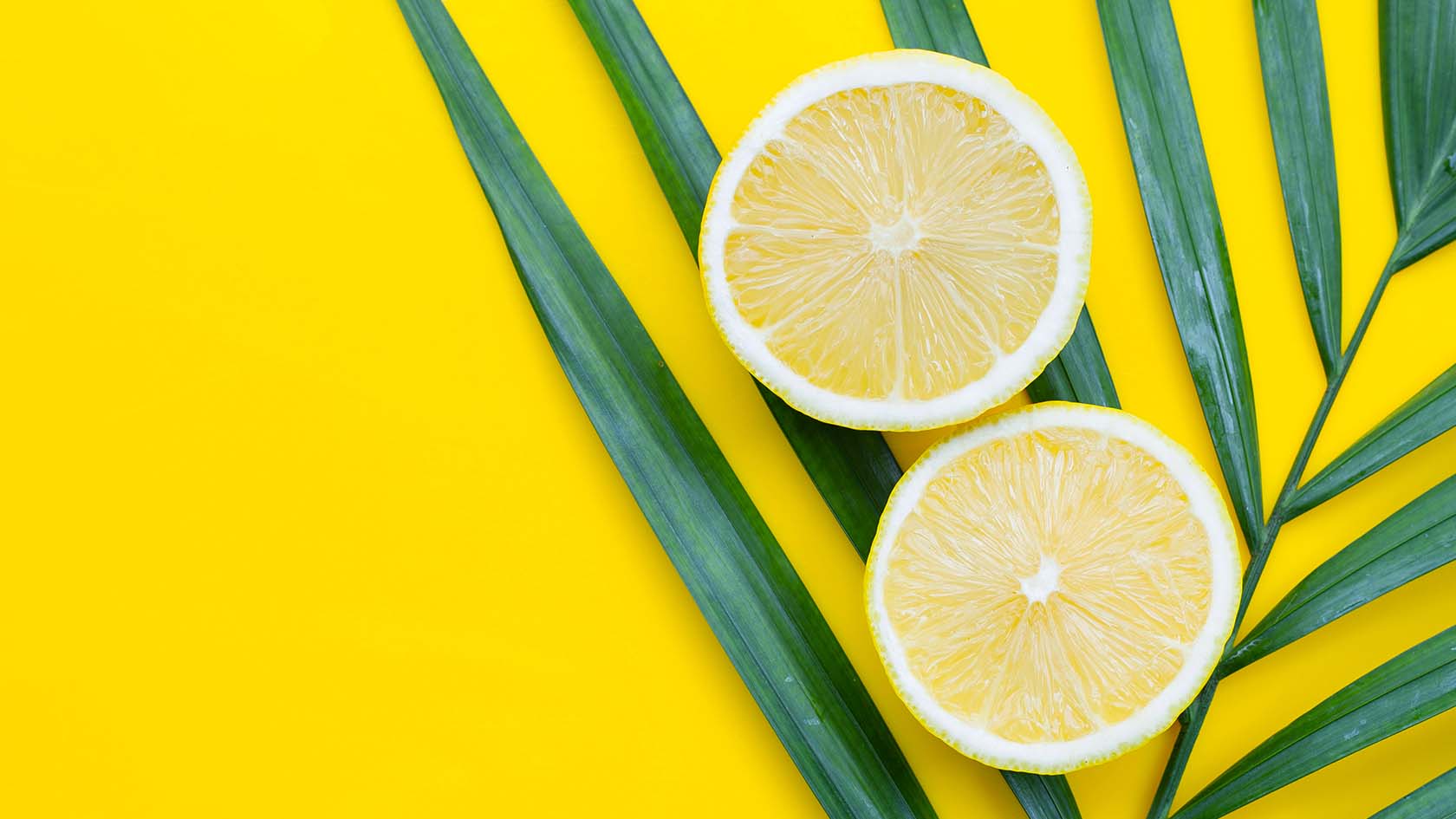 2. Edaphoclimatic requirements
As mentioned, the weather is highly responsible for flowering, presenting a clear preference for warm
climates. In fact, of all the species of the genus Citrus, this is one of the most sensitive to cold and
frost. On average, they require an optimal temperature of 22⁰C to 28⁰C, with a minimum temperature of
5⁰C to 12⁰C and a maximum of 37⁰C to 39⁰C.
2. Edaphoclimatic requirements
As mentioned, the weather is highly responsible for flowering, presenting a clear preference for warm
climates. In fact, of all the species of the genus Citrus, this is one of the most sensitive to cold and
frost. On average, they require an optimal temperature of 22⁰C to 28⁰C, with a minimum temperature of
5⁰C to 12⁰C and a maximum of 37⁰C to 39⁰C.
For its optimal development, it requires large amounts of water (9.000-12.000 m3/ha). By controlling water stress and temperature, it is possible to manipulate flowering times and induce flower development. To do this, simply remove the irrigation for 45 days and then offer abundant irrigation. This can also occur naturally in areas with heavy rainfall after periods of drought.
They do not tolerate salinity and are sensitive to root suffocation. Salinity will cause the tree to accumulate toxic ions, hinder the absorption of essential nutrients and cause root osmotic stress. To avoid this, permeable and not very limestone soils are recommended, with a depth that guarantees optimal expansion and nutrition. You will find in i-Plant Nutrition the best tips so that the nutrition of your lemon trees is the most appropriate in relation to the area where your crop is located. Regarding the soil texture, a balanced proportion of coarse and fine elements is recommended to guarantee aeration and the passage of water.
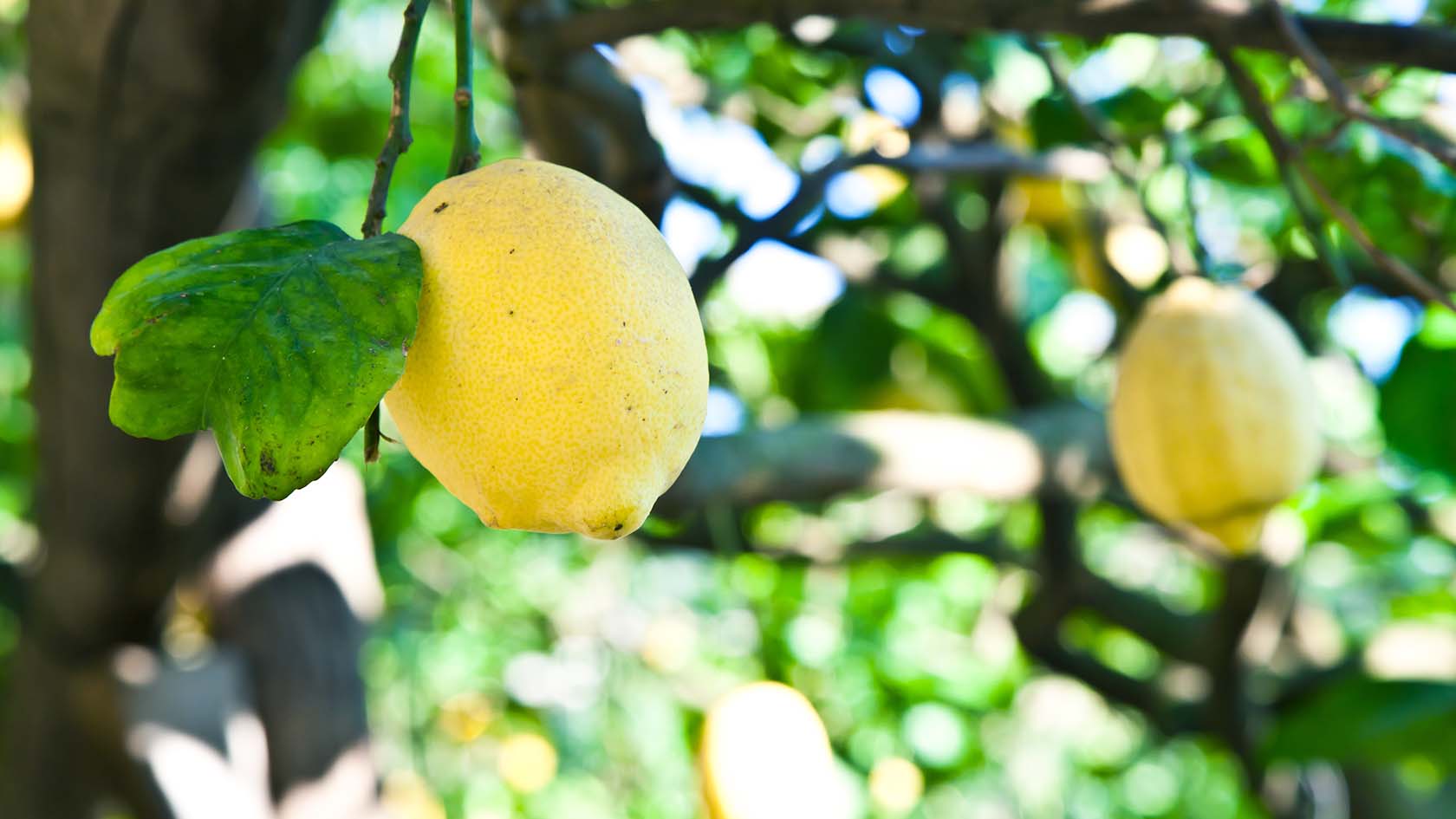 4. Performance and profitability
On average, in a place with the right conditions, about 200 lemon trees can be planted in one hectare,
which will produce between 22 and 25 tons per hectare per year. If you prefer to work a high-density
crop, you can produce between 80 and 90 tons per hectare in the same period.
4. Performance and profitability
On average, in a place with the right conditions, about 200 lemon trees can be planted in one hectare,
which will produce between 22 and 25 tons per hectare per year. If you prefer to work a high-density
crop, you can produce between 80 and 90 tons per hectare in the same period.
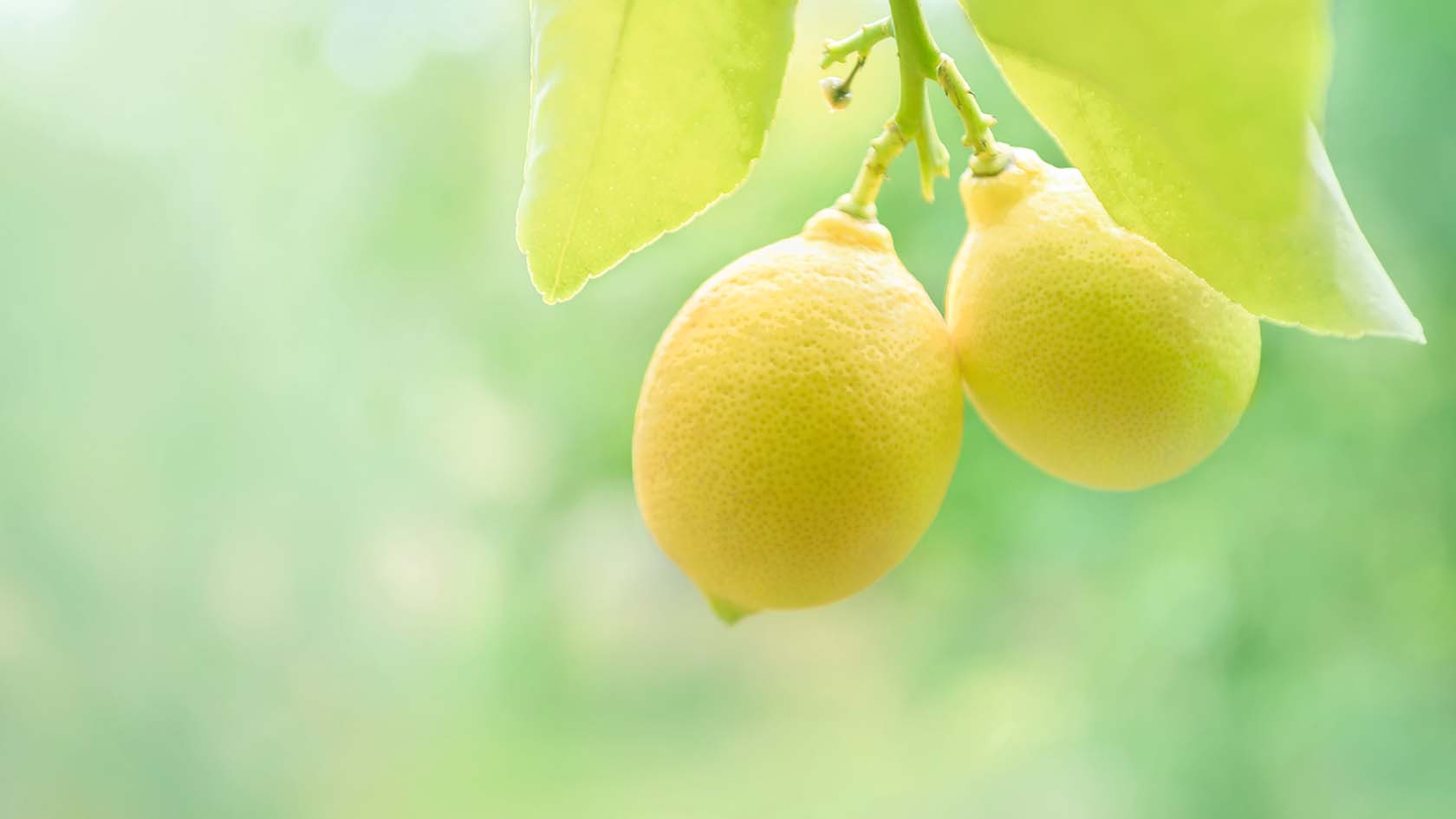 Regarding production costs, we find that the highest proportion is associated with fertigation and
phytosanitary treatments. These costs can be reduced considerably by applying a fertilization plan that
is specially designed for your crop. Using i-Plant Nutrition you can find the best advice and save all
that money.
Regarding production costs, we find that the highest proportion is associated with fertigation and
phytosanitary treatments. These costs can be reduced considerably by applying a fertilization plan that
is specially designed for your crop. Using i-Plant Nutrition you can find the best advice and save all
that money.
Citrus production is quite similar when different species are compared, however, the results of mandarins and lemon trees are slightly superior to the rest. Analyzing the total world production, it is observed that it increases every year, reaching a total of 7.9 million tons of lemons in 2019. If you are interested in this crop, do not hesitate to be part of these numbers.


